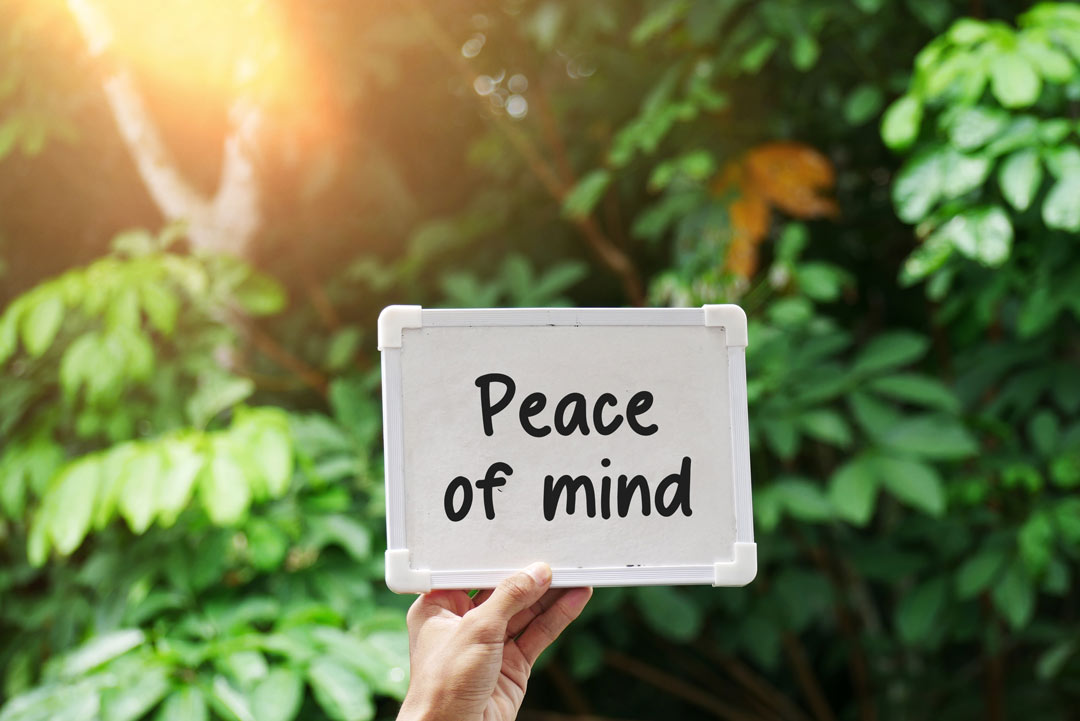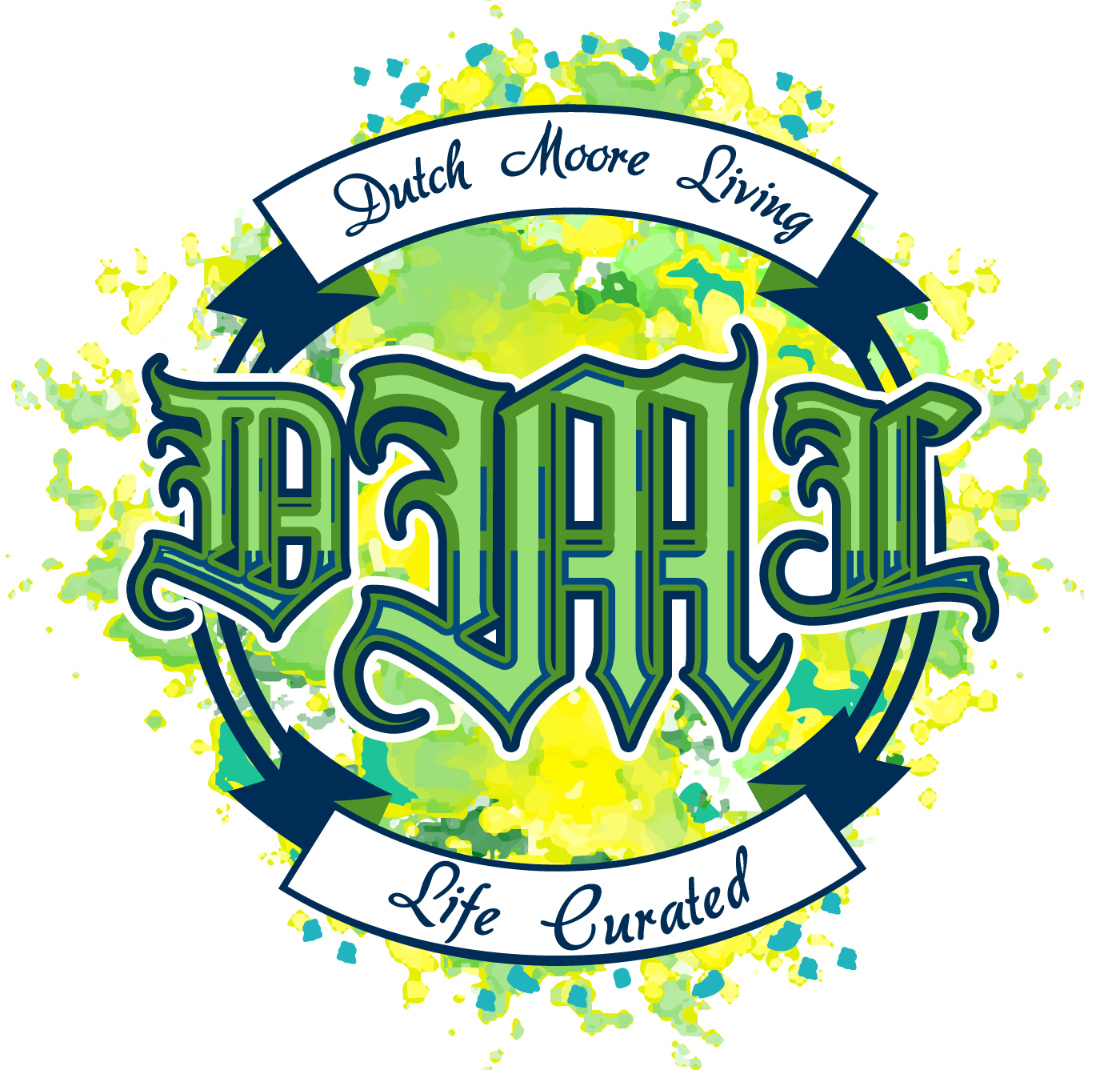 The corporate American rat race boasts prestige, abundance, and for the lucky, big money. What it does not offer, nor guarantee, is a peaceful existence.
The corporate American rat race boasts prestige, abundance, and for the lucky, big money. What it does not offer, nor guarantee, is a peaceful existence.
Early morning meetings, late night calls and text messages, relentless deadlines, and everchanging schedules have become the norm of the American white-collar worker.
Sitting in a chair, virtually chained to a desk, for the average 8–10-hour workday is the main ingredient for a recipe for physical pain.
Pain, when it becomes chronic, can be a major disruptor of one’s physical wellness, mental well-being, and overall personal peace.
Sleeping, exercising, and even thinking become more difficult if the body is chronically plagued by pain.
I have spent the past 25 years in pain. Originally diagnosed in my thirties with sciatic nerve damage, I limped along from one specialist to another with minimal results and short bursts of relief.
To say that the pain clouded my mind is an understatement. Falling asleep was never a problem, but staying that way was and my sedentary lifestyle did not help.
Eventually, my back became so weak that I had a second episode that put me back into urgent care and weeks of physical therapy. It felt like I was never going to return to optimal health and would simply learn to live with the pain.
As part of my journey of healing, I started taking better care of my physical health and that included motivating myself to push past the limits of my (limited) mobility to improve my flexibility and stability. When I discovered hot yoga, I thought I’d hit the jackpot. Finally, I found a discipline that helped both my limberness and my anxiety. Five years later, I continue my practice for strength and flexibility.
However, my old companion was only temporarily subdued and not entirely dormant and recently emerged to take another go at me. Frustrated by this resurgence, I vowed to untangle the connection between mind, body, and spirit to rid myself of this pesky cling-on of an ailment.
A long-time advocate and partaker of holistic remedies and treatments, I realized there was one remaining medicinal practice I had not tried: Traditional Chinese Medicine, or TCM. Curious about acupuncture, Tai Chi, and Qigong, I decided to pursue one last option for long-term pain management. I could not have predicted the results.
After a battery of traditional (Western) modern medical exams, tests, and procedures, my TCM team systematically began to address my conditions with an integrated solution that combines the best of both worlds.
Comprised of my primary TCM doctor, an acupuncturist, and a nutritionist, I have a lifestyle plan, not diet and exercise programs, aimed to optimize my health and improve my overall performance (including cognitive abilities and stamina) while reducing my chronic pain levels and my waistline.
The results have been nothing short of miraculous. After four weeks, I am down nearly eight pounds (a healthy 1.5 loss per week), and after only four acupuncture sessions, the epicenter of my pain is shrinking to the size of a walnut in a concentrated area in my back. I’d gamble I’ll be virtually pain free by New Year’s. My leg and knee already feel brand new again.
However, a bonus benefit I was not expecting is the peacefulness and calm that comes with this holistic approach to whole human therapy. Genuinely, I feel more energy, improved mental capacity, function, and focus, while barely making only minimal changes to my eating schedule and habits or sleep patterns. In fact, I sleep deeply and through the night without waking.
I never realize how much mental and physical energy goes into managing the body’s response to pain. It’s as if one’s mechanical engineers have to divert resources to pain epicenters while attempting to get through the grind of daily life; essentially, you’re running at reduced capacity as you try to convince yourself and others that you are just fine.
What does this have to do with work-life balance or working from home? Everything! Working from home provides you with the time, space, and options of taking walks, doing short bursts of small-movement calisthenics, stretches, and even some weight lifting. Keeping your body mobile and flexible supports your brain and mind health by allowing them to do the most important job they have: thinking and problem-solving.
My newly found state of peaceful easy feeling is a bit hard to get used to, but I am willing to work through the discomfort of pain-free living so that I can continue to embrace the power of peace.
